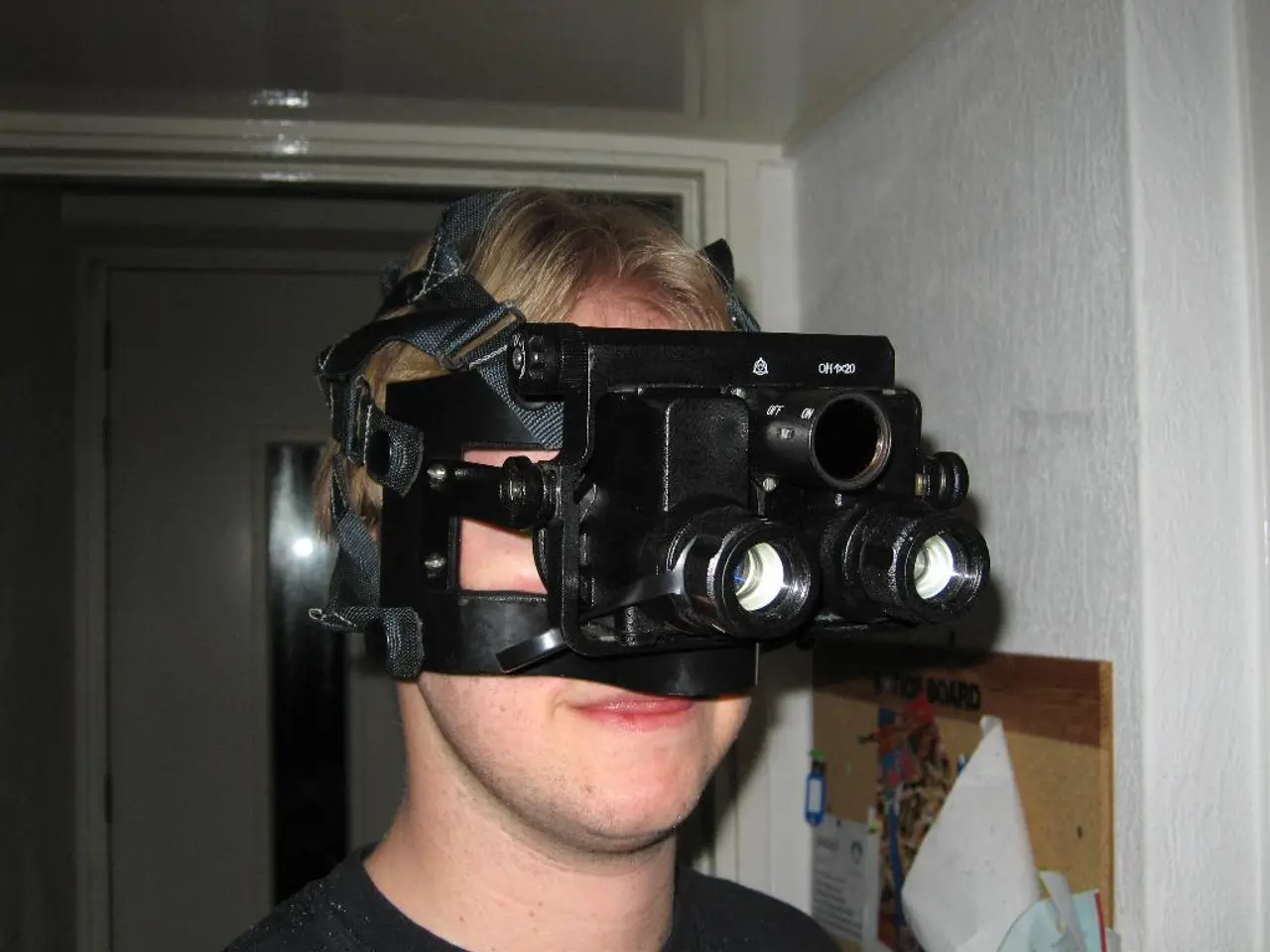Top Virtual Reality Applications for Physiotherapy: Innovative Rehabilitation Options
Virtual Reality (VR) technology is making waves in the field of physical therapy, offering a new and exciting approach to rehabilitation. However, it's important to note that VR therapy might not be suitable for everyone, particularly individuals with severe balance problems or a history of motion sickness.
To make the most of VR therapy, it's essential to have compatible VR headsets and potentially powerful computers to run the applications smoothly. These applications, developed by companies like Proven Reality, collaborate with physical therapists and VR developers to create immersive and interactive virtual environments tailored to specific conditions and optimal healing.
One of the key benefits of VR therapy is the increased exercise volume and adherence it provides. VR protocols encourage patients to perform more repetitions than standard care while maintaining or reducing pain, which is crucial for functional recovery. Additionally, custom VR applications can continuously measure subtle changes in movement quality and functional performance with high precision, enabling tailored treatment and better monitoring over time.
VR therapy also shows strong evidence of effectiveness in improving balance and fall prevention. Controlled visual and sensory stimuli allow precise vestibular and balance training beyond conventional methods. This is particularly beneficial for patients resistant to traditional therapy.
Another advantage of VR therapy is the enhanced motivation and engagement it provides. Gamified VR experiences reduce boredom and fatigue, increasing participation rates, and fostering social interaction in group settings, all of which contribute to sustained adherence.
Moreover, VR therapy can help reduce kinesiophobia (fear of movement) and fear of falling, boosting confidence to face real-world challenges. It also has the potential for remote and tele-rehabilitation, increasing accessibility and personalization.
However, there are considerations and challenges associated with the implementation of VR therapy. Physiotherapists require education on interpreting VR sensor data and managing digital therapy sessions to optimize outcomes. There is a lack of standardized guidelines, and limited long-term economic data hinder the establishment of definitive clinical protocols and reimbursement models.
Patients and clinics must also have the necessary hardware and be comfortable with VR technology, which may limit widespread use initially. It's important to note that VR should complement, not entirely replace, conventional rehabilitation, and its protocols may need adjustment according to patient-specific factors and conditions.
Insurance coverage options for VR therapy should be explored, as VR headsets and therapy app subscriptions can incur additional costs compared to traditional therapy. Despite these challenges, the future of VR in physical therapy includes personalized rehabilitation programs, revolutionizing remote patient care and offering a more engaging and effective approach to physical therapy.
References:
[1] D. A. Patterson, et al., "Virtual reality in physical rehabilitation: a systematic review," Journal of Medical Internet Research, vol. 18, no. 8, pp. e198, 2016.
[2] A. M. Vuillier, et al., "Virtual reality in rehabilitation: a systematic review," Journal of NeuroEngineering and Rehabilitation, vol. 16, no. 1, p. 1, 2019.
[3] R. J. W. van der Kooij, et al., "Virtual reality in physical rehabilitation: a systematic review and meta-analysis," Journal of Rehabilitation Medicine, vol. 51, no. 4, pp. 257-266, 2019.
[4] J. M. Plowman, et al., "Virtual reality in the treatment of fear of falling in older adults: a systematic review," Archives of Physical Medicine and Rehabilitation, vol. 99, no. 9, pp. 1583-1594, 2018.
- The development of technology in the field of healthcare, specifically Virtual Reality (VR), is revolutionizing physical therapy by offering an innovative approach to rehabilitation.
- VR therapy, driven by advancements in technology and science, utilizes compatible VR headsets and powerful computers to provide immersive and interactive virtual environments for physical therapy.
- VR therapy, as part of the health-and-wellness movement, offers increased exercise volume and adherence, encouraging patients to perform more repetitions with reduced pain, which is essential for functional recovery.
- In the realm of fitness-and-exercise and health-and-wellness, VR therapy shows strong evidence of effectiveness in improving balance and fall prevention through precise vestibular and balance training.
- The future of VR in physical therapy includes the integration of VR gadgets, offering personalized rehabilitation programs, revolutionizing remote patient care, and fostering an engaging and effective approach to physical therapy.




